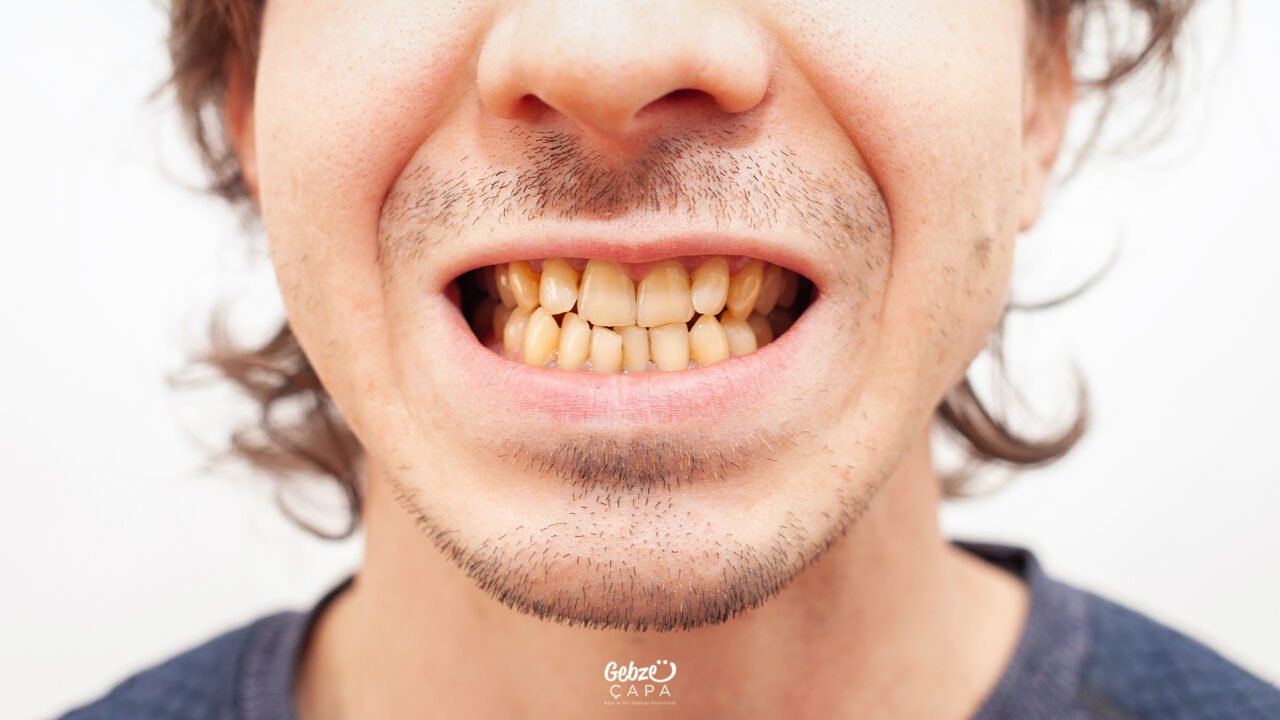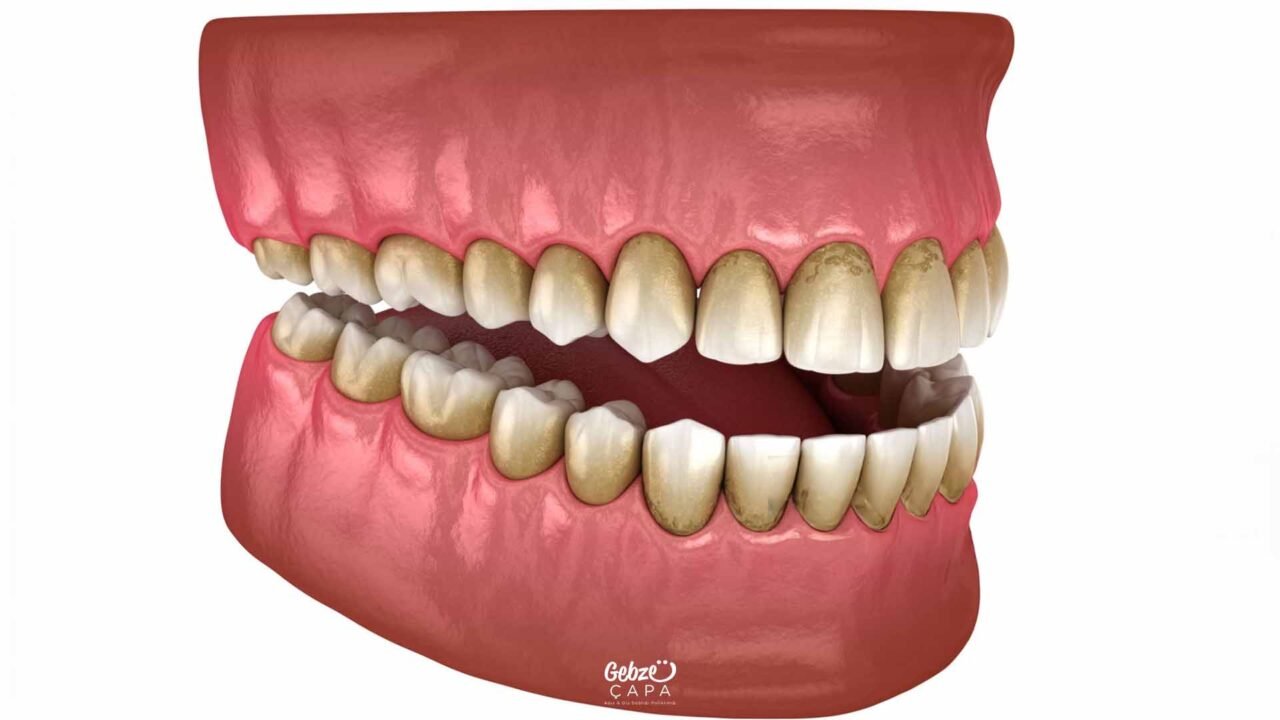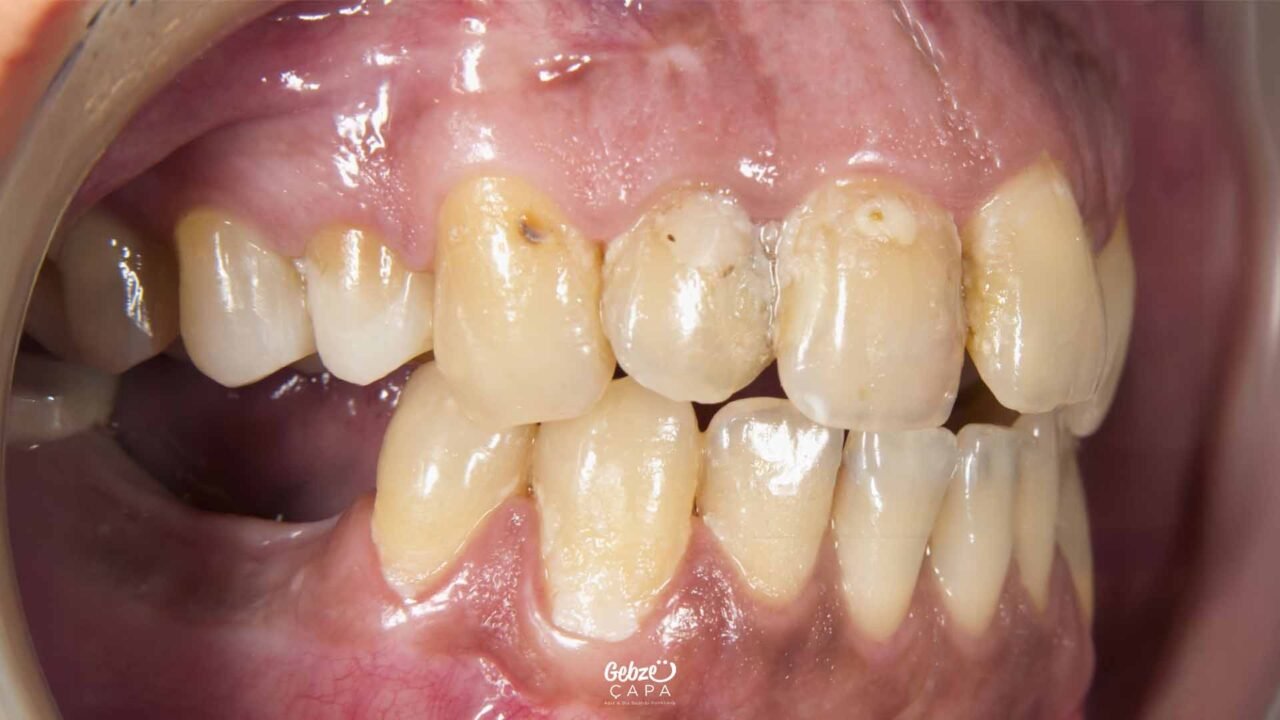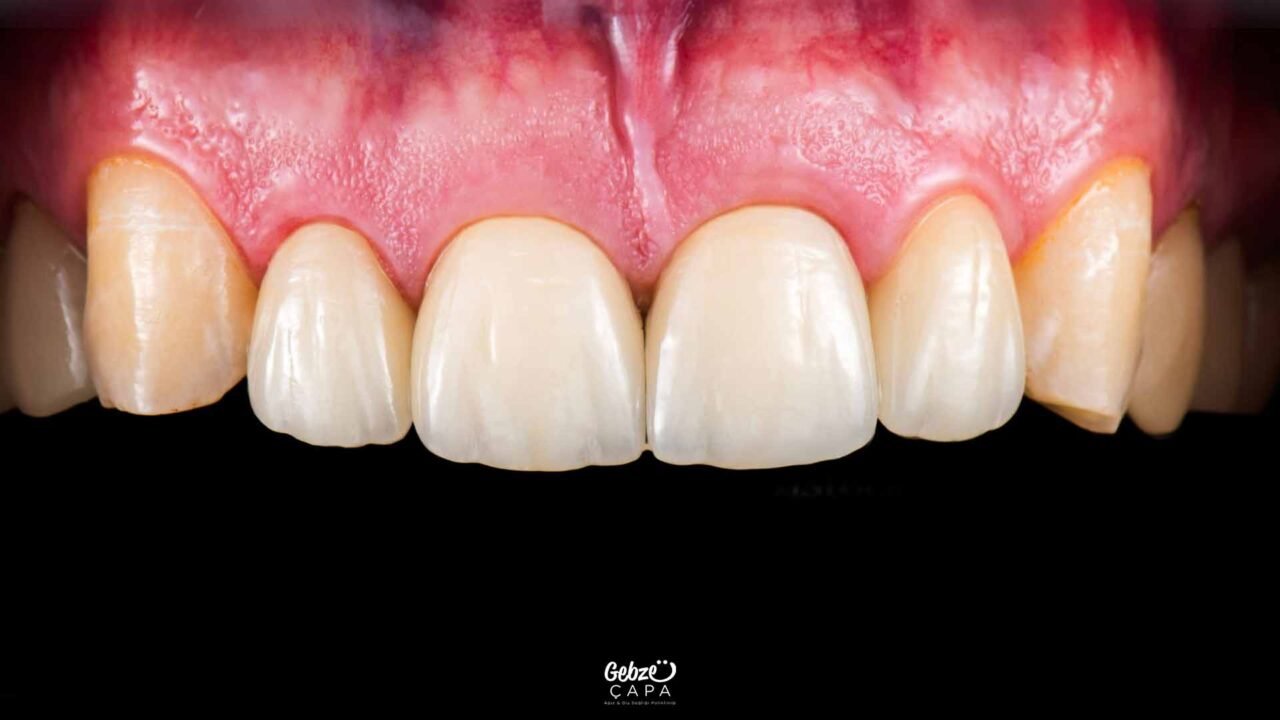What Causes Yellowing of Teeth?
A bright, white smile not only provides an aesthetically pleasing appearance but is also considered a reflection of oral and dental health. Therefore, many people want to maintain the natural whiteness of their teeth and prevent discoloration that may occur over time. However, various factors encountered in daily life can cause teeth to yellow over time. Habits such as coffee, tea, and smoking, poor oral hygiene, aging, and even the use of certain medications can all lead to changes in tooth color. This yellowish hue can negatively impact a person’s self-confidence and create discomfort in social interactions. So, why do teeth yellow, and how can this be prevented?
What Causes Teeth to Yellow?
Teeth discoloration and yellowing over time is a common occurrence for many people. So, what could be behind this discoloration?
Inadequate Oral Care
Failure to brush and floss regularly leads to plaque accumulation in the mouth. This plaque hardens over time, turning into tartar, causing a dull, yellowing appearance on the tooth surface. Failure to remove food particles, especially those lodged between teeth, can cause discoloration in these areas. In short, it’s crucial not only to brush your teeth but also to establish a thorough and meticulous dental care routine.
Tea, Coffee, and Colored Beverages
Daily habits like morning coffee or evening tea can cause significant changes in tooth color in the long term. The tannins found in these beverages adhere to tooth enamel, leaving yellowish stains on the surface over time. Dark-colored beverages like red wine, cola, and fruit juice can also accelerate the formation of stains on teeth.

Smoking and Tobacco Use
Tobacco products are one of the most prominent causes of tooth discoloration. Smoking has many negative effects not only on aesthetics but also on oral health. Substances such as nicotine and tar adhere to the tooth surface, causing permanent stains. Furthermore, these stains can deepen over time and become resistant to teeth whitening treatments.
Natural Changes with Age
With age, tooth enamel thins, and the underlying dentin becomes more visible. Dentin naturally has a more yellowish texture. Therefore, it is quite natural for teeth to appear darker or yellower as we age. However, this process can be slowed down with regular care and professional cleanings.
Medications
Some antibiotics, especially those used in childhood, can cause discoloration during tooth development. Drugs such as tetracycline can cause permanent yellow or gray staining. Chemotherapy, radiation therapy, and some blood pressure medications are also among the medical treatments that can cause tooth discoloration.
Genetics
Tooth color is largely determined by genetics. Some people have thicker and brighter enamel, while others have thinner, yellower tones. Genetics can also determine how easily teeth discolor. Therefore, some individuals may experience yellowing more easily, even if they are meticulous about their oral hygiene.
Excess Fluoride
While fluoride plays an important role in preventing tooth decay, excessive consumption can cause staining of tooth enamel, especially in developing children. This condition is called “dental fluorosis.” These fluoride-induced discolorations typically range from white to yellow or brown and can be aesthetically undesirable.

How to Get Rid of Yellowing Teeth?
Yellow teeth can cause both aesthetic concerns and provide clues about our oral care habits. Fortunately, there are many effective methods to correct this condition and achieve whiter teeth.
Brush Your Teeth Regularly and Properly
It’s crucial to brush your teeth at least twice a day, using the correct technique and using a fluoride-containing toothpaste. Not only your teeth but also the tongue should be brushed, as bacteria accumulated on the tongue can contribute to bad breath and discoloration. Additionally, flossing helps remove plaque that accumulates between your teeth, preventing stains.
Review Your Eating Habits
Some frequently consumed foods and beverages—especially tea, coffee, sodas, and sugary snacks—can stain tooth enamel over time. Drinking these beverages with a straw can help prevent yellowing by reducing direct contact with the tooth surface. Additionally, drinking adequate amounts of water throughout the day helps balance the acidic environment in the mouth, helping to keep teeth clean.
Avoid Smoking and Tobacco Products
Tobacco products are one of the most common causes of rapid yellowing of teeth. They pose a significant risk not only to aesthetics but also to overall oral health. Quitting smoking is a crucial step for both preserving tooth color and preventing serious problems like gum disease.

Don’t Neglect Dental Checkups
Regular dental checkups, at least twice a year, are essential for maintaining oral and dental health. Professional treatments like scaling can remove surface stains and restore teeth to a more natural color. Early-stage color changes can be treated more effectively and easily.
Take Advantage of Whitening Products and Treatments
At-home whitening pastes, gels, or strips may provide short-term results. However, if you’re looking for more effective and long-lasting whitening, opt for professional teeth whitening treatments performed under the supervision of a dentist. These treatments provide a more permanent and natural look without damaging the enamel.


